Augusta, GA—When people speak about The Masters and the famous holes there, the discussion invariably centers on the trio of golf holes dubbed “Amen corner.” Named by the famed late golf writer Herbert Warren Wind—holes #11, #12 and #13 have played pivotal roles over the years.
There’s little question Amen Corner continues play a big time role in determining the eventual outcome. But, often overlooked, is the 18th hole, it doesn’t feature water as the other three, but it often defies those searching for the green jacket and can befuddle competitors to the point where the likelihood of a straight jacket may be more fitting than the annual awarding of the fabled green jacket.
As all holes at Augusta National are named after flowers, the 18th is called “Holly” and early on in the event the hole served as the 9th until the nines were reversed during the 2nd event played in 1935.
For those who have never been to Augusta National, the 18th plays considerably uphill—more than what TV ever shows. The tee shot is through a canopy of thick Georgia pines that stand as tall sentinels on both sides.
The hole originally played anywhere from 405 to 420 yards, but in 2002 nearly 60 yards were added along with the tee box shifted 5 yards to the right, making the angle even more acute. Although left unsaid by Masters officials the changes were done as part of “Tiger-proofing” the course because of the manner in which Woods had rendered many of the holes irrelevant to his shot-making skills.
This was not the first time change had come to the 18th. A decorative cross bunker—roughly 60 yards short of the green—was filled in during the 1940’s.
Double bunkers were added to the left side of the driving zone in 1967 when extremely long hitters such as Jack Nicklaus would routinely play down that side to avoid being trapped by the pines that rigorously guard the right side of the fairway.
Two greenside bunkers flank the putting surface which features a false front preventing balls from staying there if the approach is short.
The putting surface is quite deep—roughly 40 yards in total—and features a lower half and a rear section plateau. Gauging club selection is never easy because players cannot see where their approach finishes given the elevation change. For many, a mid-iron club selection will be the primary choice.
The aforementioned fairway bunkers were further adjusted in 2002. Now it takes a herculean wallop of 335 yards to carry them—an impossibility for nearly all competitors. Stroke average at the 18th for all Masters played is 4.159, placing it 8th among all holes at Augusta National. But the 18th plays even tougher as the event draws to a close since Masters pressure is a cauldron only a select few have handled well.
The list of both successes and failures at the final hole is indeed a curious mixture with failures outweighing the successes by a considerable margin. Consider the following episodes forever etched into Masters lore.
In 1946, Ben Hogan came to the final hole and needed only to two-putt from 15-feet to tie Herman Keiser. Hogan three-putted—missing a two-foot putt to hand the green jacket to Keiser who, 30 minutes prior, had done similarly. The mishap fortunately did not deter Hogan as we would go on to win two green jackets in the years to follow.
In 1960, Arnold Palmer trailed Ken Venturi by one shot with two holes to play. Palmer charged to the top of the leaderboard birdieing the final two holes—capping it off at the 18th hole by hitting a six-iron to four feet and sinking the putt for his second green jacket. Ironically, just one year later, Palmer held a one stroke lead playing the final hole. As he walked off the tee Arnie spotted a friend in the gallery and engaged in conversation and accepted congratulations. Allowing his concentration to wander, Palmer’s approach landed in a greenside bunker—his blast went long and after chipping onto the green missed a 15-foot putt to tie. What the 18th had provided Palmer one year prior had just as swiftly taken away Arnie’s opportunity to become the first Masters champion to successfully defend his title.
In 1975, Johnny Miller and Tom Weiskopf came to the final hole, both needing birdie to tie Jack Nicklaus in an epic Sunday final round. Both missed—Miller from 18 feet, Weiskopf from 10. Neither man would ever come as close to winning as that day.
In 1978, South African Gary Player fired a spectacular final round 64 to vault to the top of the leaderboard. Hubert Green came to the final hole trailing by one but nestled his approach to no more than four feet for a tying birdie. Green backed away from the putt initially after overhearing a nearby radio announcer speaking. When he settled back over the putt a second time he missed, providing Player with this third and final green jacket.
In 1986, Jack Nicklaus staged one of the great comebacks in Masters history, firing a final round 65. Nonetheless, the Golden Bear had to wait as two competitors—Tom Kite and Greg Norman played the final hole. Kite would need a birdie to tie and his 12-foot putt perched on the edge of the cup and simply froze right there. Norman needed a par to force a playoff, but his 4-iron approach sailed wide right and he failed to recover thereby giving Nicklaus a record sixth Masters and his final professional major triumph in his storied career.
In 1988, Scotsman Sandy Lyle needed a par on the final hole to get into a playoff. After hitting his tee shot in the fairway bunker it appeared he would be fortunate to escape with a par. Lyle did the totally unexpected. His approach used the contour on the 18th to feed his ball closer to the hole. Needing a 6-foot putt for the win, Lyle sank the putt and earned the green jacket—the first winner from Scotland.
In 1998, Mark O‘ Meara birdied three of the final four holes—including a 20-foot birdie on the 18th—to win by one over David Duval and Fred Couples. Just three months later O’Meara would back up his Masters win with a triumph in The Open Championship.
Six years later in 2004, the 18th would serve as the crowning moment for Phil Mickelson in finally winning his first major. Needing a birdie to win his first green jacket, Mickelson’s approach settled 18 feet from the hole. Eschewing a safe lag to gain a playoff, Mickelson putted boldly and buried the putt. His subsequent leap off the ground would never rival the heights gained by Michael Jordan but the lack of artistry in his leap was more than compensated by the slipping on of the green jacket—the first of three Masters victories for Lefty.
The 18th is one of the few holes at Augusta National that calls for a controlled fade with the tee shot, moving the ball in a left-to-right manner for right-handed players. Throughout much of the round leading up to the final hole, Augusta National favors a draw ball flight—a ball curving from right-to-left. The 18th may not possess the inherent beauty projected so spectacularly by other holes at Augusta National but it has and will continue to play a pivotal role in providing the ultimate examination for any golfer seeking a green jacket come Sunday’s final round. Any golfer—whether leading or trailing—knows full well nothing is indeed final at the 18th hole until the ball is safely holed. Yogi Berra’s famed admonition “it’s not over, until it’s over” is ever so apt.
M. James Ward, a member of Golf Writer’s Association of America (GWAA) and past member of Met Golf Writer’s Association (MGWA), has reported on golf’s grandest events since 1980 in a variety of forums.
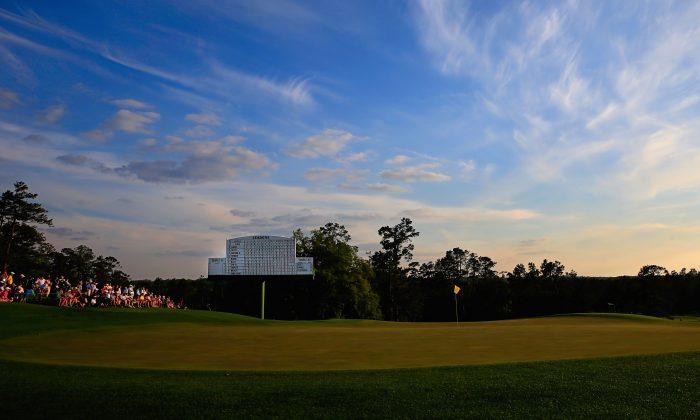
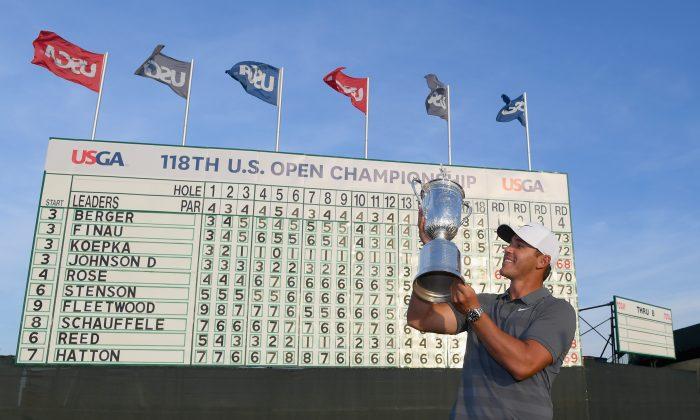
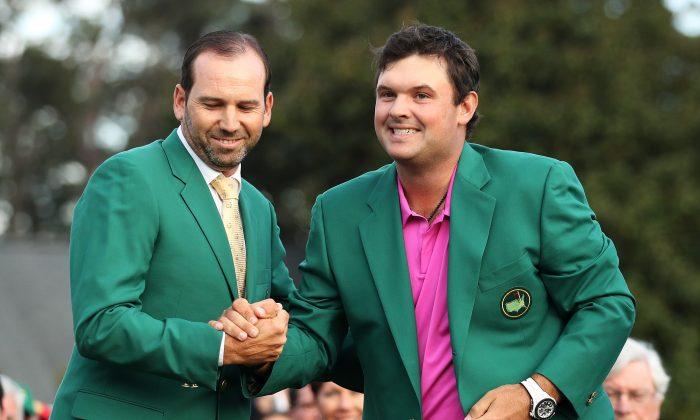
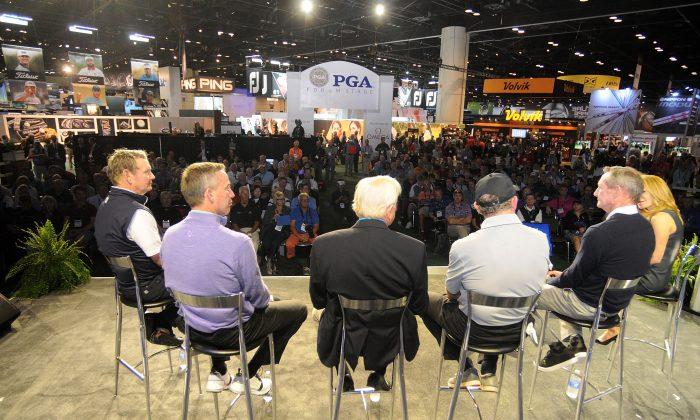
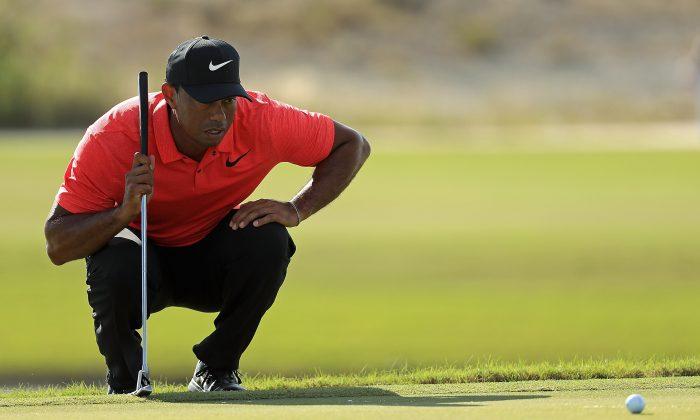
Friends Read Free